Publications
Towards high-efficiency oxygen evolution reaction
The sluggish kinetics of the oxygen evolution reaction is the bottleneck for the practical exploitation of water splitting. Our recent paper in Advanced Energy Materials demonstrates the potential of a core-shell structure of hydrous NiMoO4 micro-rods conformally covered by Co3O4, whose performances exceed the activity of the most efficient catalysts recently published. Multiple experimental techniques consistently reveal the occurrence of an irreversible reconstruction of the catalyst during its activity that determines its highly efficient performances.
#core_shell_structure #oxygen_evolution_reaction #synchrotron
A “smart” molecular mechanism at the origin of life?
An experimental and theoretical study, cover article of the J. Phys. Chem. Lett. which has involved researchers from the Institute of Structure of Matter, proposes a model in which simple combinations of amino acids not only survive the interaction with VUV radiation, but exploit it to generate more complex peptide chains.
These mechanisms, which theoretical simulations have shown to be energetically favoured, may have played a role in the early stages of the chemical evolution of life.
#dipeptides #synchrotron #radiation #moleculardynamics
Demonstration of the Existence of Dumbbell Silicene: A Stable Two- Dimensional Allotrope of Silicon
In this paper published in The Journal of Physical Chemistry C it is demonstrated that, by extending the amount of deposited silicon beyond the limit required for the well-known formation of silicon nanoribbons, novel two-dimensional silicon structures are obtained: silicene and dumbbell silicene. The possibility of synthesizing dumbbell silicene, already predicted by theoretical calculations, opens up interesting perspectives for the exploration of the functionalization and predicted topological properties of this new 2D silicon allotrope.
#Silicene #2D_materials #Grazing_incidence #Xray_diffraction #Density_functional_theory #Scanning_Tunneling_Microscopy #Synchrotron_radiation
Effect of a subnanometer thin insulator layer at the Ag/Si(111) interface through the observation of quantum well states
In this paper published on Physical Review Materials, the “two-step” growth technique has been used to grow atomically uniform Ag films on 7×7 Si(111) and 8×8 β-Si3N4(0001)/Si(111) surfaces. Angle-resolved photoemission spectroscopy reveals the formation of sp quantum well states in the Ag films with distinct properties in the two cases. It is shown that the valence electrons in silver can be confined in the fundamental gap of a less than 1-nm-thin nitride layer, effectively decoupling the Ag and Si states.
#electronic_structure #quantum_interference_effects #surface_reconstruction #surface_states
A new paradigm for molecular assembly on semiconductor surfaces
In a new publication in Nature Chemistry, an interdisciplinary collaboration including researchers from CNR-ISM have demonstrated a new paradigm for molecular #functionalizion of #semiconductor surfaces by preparing stable, ordered arrays of #organic_molecules on silicon. Using N-heterocyclic #carbenes with customized electronic and geometrical properties, the team have shown that self-assembled growth of single molecular layers can be achieved, opening up new possibilities in semiconductor technologies. #SAMs
Non-linear optics in graphene and other two-dimensional materials
A work that paves the way for the control and a future engineering of the non-linear transport properties and of the third-harmonic generation response in the low-frequency regime of terahertz.
Deep-subwavelength 2D periodic surface nanostructures on diamond by double-pulse femtosecond laser irradiation
Two-dimensional laser-induced periodic surface structures (LIPSSs) with a deep-subwavelength periodicity (80 nm ≈ λ/10) were obtained for the first time on diamond surfaces. The unique surface nanotexturing is achieved by employing a technique that relies on irradiation with two temporally delayed and cross-polarized fs-laser pulses generated with a Michelson-like interferometer configuration. In this paper, we demonstrate that, if the delay between two consecutive pulses is ≤ 2 ps, the 2D periodicity of nanostructures can be tuned by controlling the number of pulses irradiating the surface.
Flexible magnetoreceptors for on-skin touchless human-machine interfaces
In a new paper published in the prestigious journal Advanced Functional Materials, an international team of researchers demonstrated for the first time the feasibility of flexible magnetoresistive spin valve switches operating with out-of-plane magnetic fields, which can be used for the realization of on-skin interactive magneto-electronic devices, which are touchless, energy efficient (momentary switches) and insensitive to external magnetic disturbances (latching switches).
Light and nanoparticles for a 'green' catalysis
A study conducted by the Cnr, the University of Modena and Reggio Emilia, the University of Bologna and Elettra Sincrotrone Trieste has clarified the ultra-fast mechanisms of energy transfer within photocatalytic materials. The results, published in Nano Letters, will help develop new catalysts for environmental and energy applications
Building integrated photovoltaics: the future is greener
An Italian research team including researchers from the Istituto di struttura della materia (Ism) of Consiglio nazionale delle ricerche in Rome, the University of Milano - Bicocca and Glass to Power developed an innovative material with a low environmental impact and high performance to make photovoltaics devices aesthetically integrated in buildings. The study has been published on Joule – Cell Press.
Building integrated photovoltaics technologies stems from the need for practical and innovative solutions to incorporate solar-to-electricity conversion devices within buildings. An Italian research team, including researchers from the Istituto di struttura della materia (Ism) of Consiglio nazionale delle ricerche in Rome, the University of Milano - Bicocca and Glass to Power, contributed to this topical field by developing an highly efficient and environmentally friendly new material, used to realize transparent luminescent solar concentrators (LSC).
More...
Polymers beyond graphene
In an article published in Nature Materials, an Italian-Canadian team involving the Institut National de la Recherche Scientifique (Center Energie, Matériaux et Télécommunications), McGill University and Lakehead University and the SAMOS (Self-assembled materials on surfaces) laboratory led by Giorgio Contini, researcher at the Institute of Matter Structure of the National Research Council (CNR-ISM), describes the synthesis of two-dimensional conjugated polymers on a large scale, similar to graphene but with better applicative properties especially in the electronic field. The research work also involved other ISM students and researchers such as Gianluca Galeotti, Dominik Dettmann, Asish K. Kundu, Luisa Ferrari, Paolo Moras, Polina Sheverdyaeva.

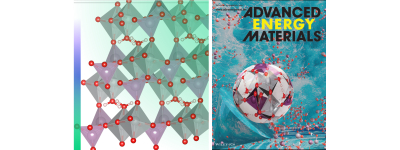
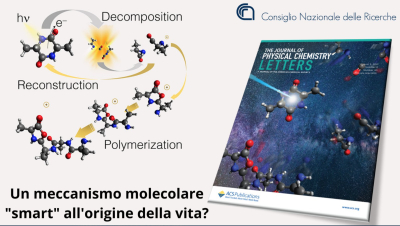
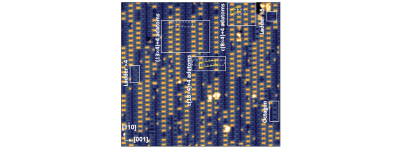
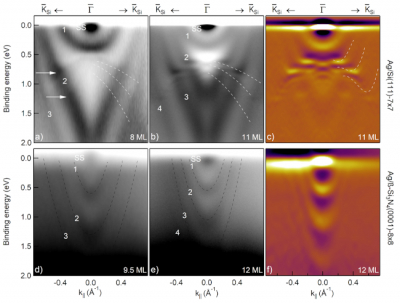
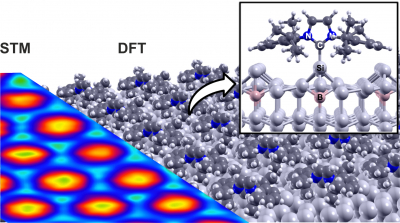
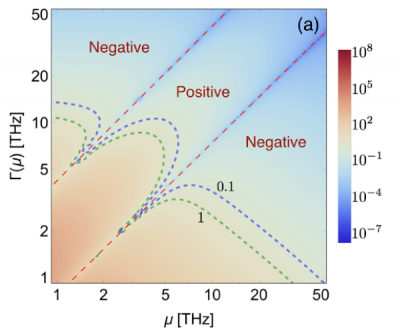
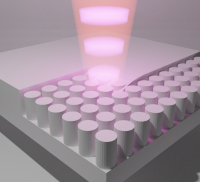

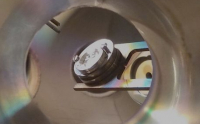


 English (UK)
English (UK)  Italiano (Italia)
Italiano (Italia)